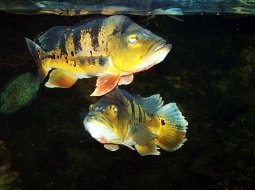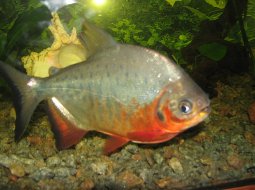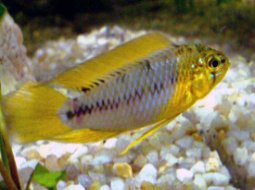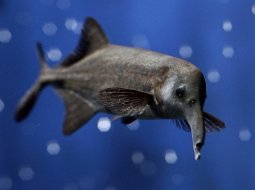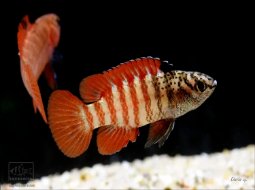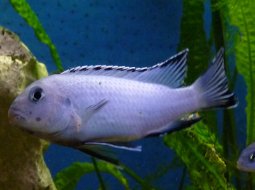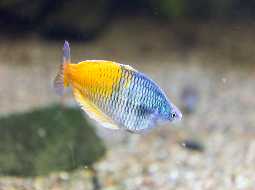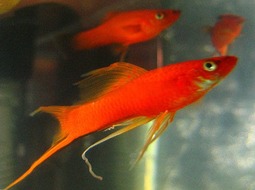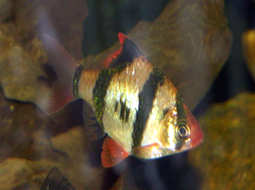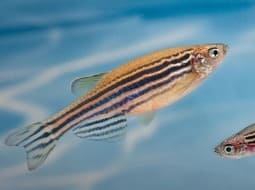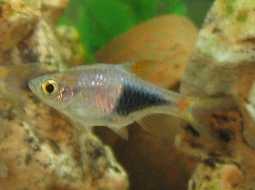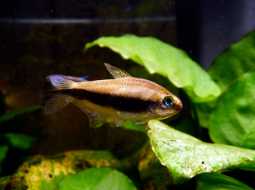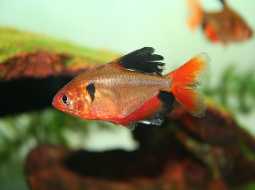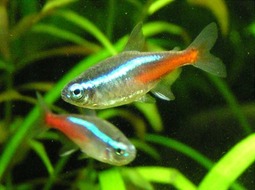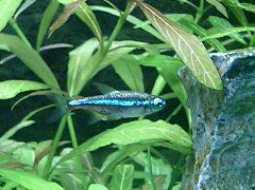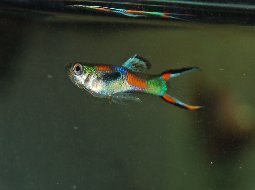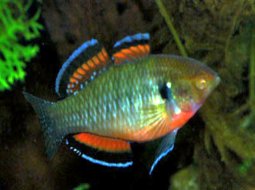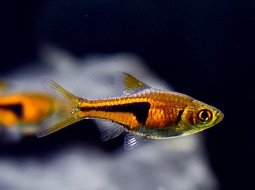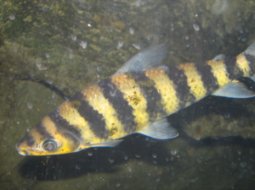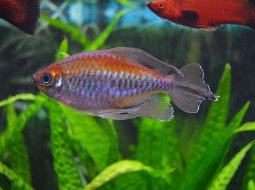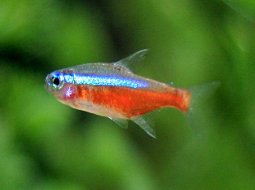
Loading Aqualapp ...
Care and Compatibility of Upside-Down Catfish - Synodontis nigriventris
Introduction
The Upside-Down Catfish gets its name from its habit of resting on the bottom of the aquarium, often resting against a vertical surface. Its coloration ranges from dark tones to browns and grays, allowing it to easily camouflage in its environment. It is a peaceful fish and can coexist with a variety of aquatic species.
Behavior
The Upside-Down Catfish, scientifically known as Synodontis nigriventris, is an interesting and popular species in the aquarium hobby. It is characterized by its unique appearance and calm behavior. It has an elongated and flattened body, with a rounded head and sensitive barbels around its mouth.
Sexual Dimorphism
Sexual dimorphism in Synodontis nigriventris is minimal and difficult to distinguish. Both males and females have a similar appearance, although males may be slightly larger and more robust than females.
Reproduction
Breeding Upside-Down Catfish in the aquarium can be challenging. It requires suitable water conditions, including optimal temperature and water quality. Males often search for a vertical surface, such as a leaf or rock, to deposit their eggs. The parents do not provide parental care, and it is common for them to consume the eggs. To increase the chances of successful breeding, suitable hiding places can be provided, and it is important to ensure that the fish are in good condition before attempting breeding.
Aquarium Conditions
Synodontis nigriventris, commonly known as the black-bellied squeaker catfish, requires a spacious, well-decorated aquarium with hiding spots and soft substrate. It prefers slightly acidic to neutral water and a moderate temperature. Aquarium décor should include driftwood, rocks, and caves. Maintaining water quality is crucial and providing a varied diet.
Feeding
When it comes to feeding, the Upside-Down Catfish is omnivorous and accepts a wide range of foods. It can be provided with a balanced diet that includes commercial foods in the form of pellets, tablets, or flakes. It may also accept live or frozen foods such as mosquito larvae, daphnia, and small shrimp.
Complexity
Caring for Synodontis nigriventris is relatively straightforward. They are peaceful, nocturnal fish that adapt well to a wide range of water conditions. It's recommended to keep them in groups of at least three individuals to promote their natural behavior. They are omnivores and accept a variety of foods, including commercial bottom feeder pellets and shrimp.
In case you need more help, or if you want to know into any topic related to the Synodontis nigriventris (Upside-Down Catfish) and even any other species you can use the forums to ask what you need.
To do an analysis more detailed about coexistence and behavior of Synodontis nigriventris (Upside-Down Catfish) use the Aquarium simulation tool, if you do this you can test different ways to combine the Upside-Down Catfish with other fishes giving the dimensions and space on you aquarium, on this way you can known the optimal configuration for keep the fishes that you want.
You can also find out the 163 species compatible with the Synodontis nigriventris (Upside-Down Catfish) can live together.
Note: The parameters of the water such as PH and temperature are also used to calculate the compatibility of the species.
Compatible species (163)
Compatible (105 Species)
Compatible without any restriction
With Reservation (37 Species)
Las especies territoriales por lo general pueden convivir con especies protegidas con coraza, ya que no pueden hacerles daño por su dura piel, lo que si hay que tener en cuenta es tener un acuario con dimensiones favorables para que cada pez pueda delimitar un territorio, ya que la mayoría de peces acorazados son también peces de fondo y les gusta estar buscando lugares donde ocultarse.
Food competition (21 Species)
They can live together but you have to be careful since it is likely that the fastest fish will take all the food and leave nothing for their partners who are slow swimmers, so you have to make sure that everyone can eat.
Upside-Down Catfish
Synodontis nigriventris
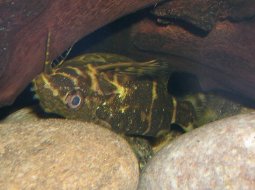
- Ph: 6 - 8
- Temperature (c°): 22 - 26
- Measures: 10 cm
- Aquarium Capacity:
15 Liters - 4 Gallons - Alimentación: Omnivores, Scavenger
- Colores: Black, Gris, Yellow
- Comportamiento: Likes to take refuge, Peaceful
- Habitad: African
- Morfología: Cuirass or Carapace, Thorns or pointed
- Preferencias del Acuario: Caves, Logs, Natural plants, Rocks, Sand
- Tamaño: Small
- Taxonomía: Fish
- Tipo de Agua: Sweet water, Tropical waters
- Velocidad de nado o movimiento: Slow
- Zona de Nado: Aquarium background

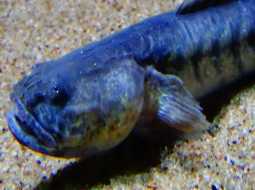

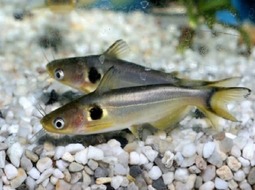
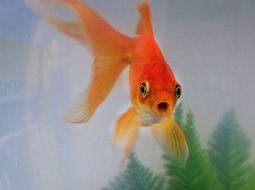
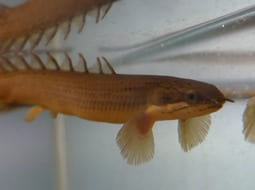
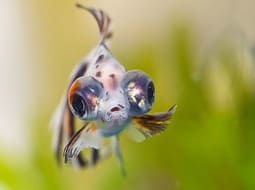
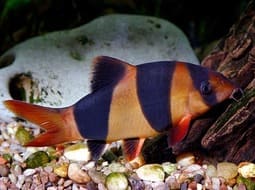
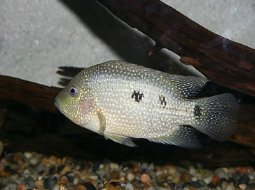
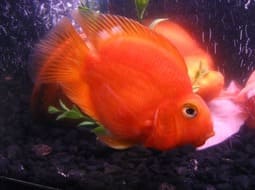
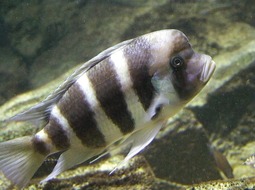
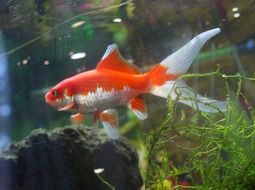
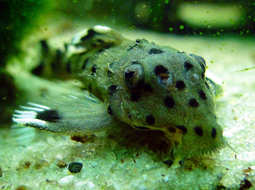

.jpg)

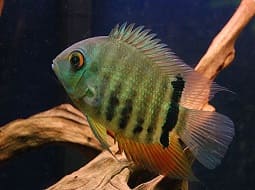
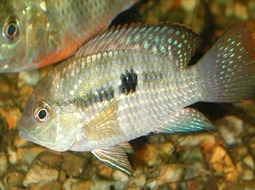
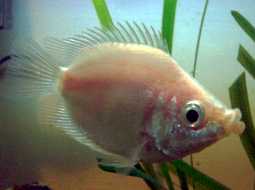

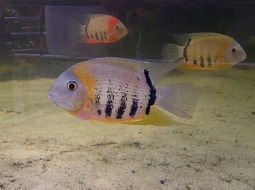
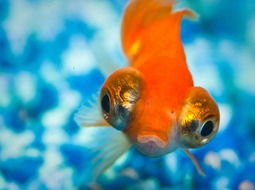

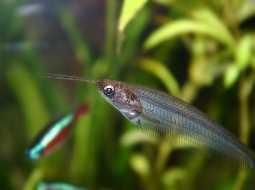
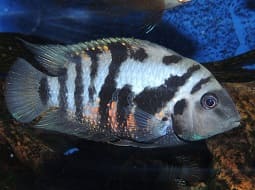
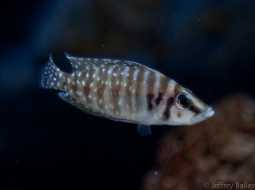


.jpg)
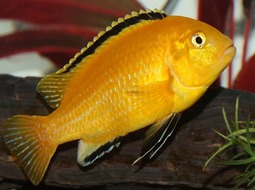
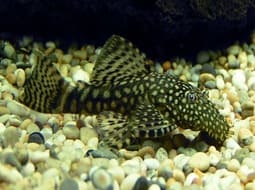
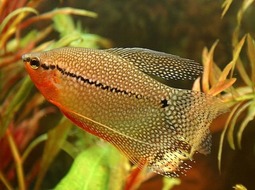
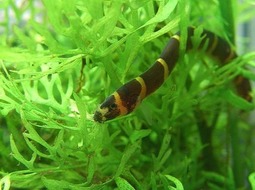
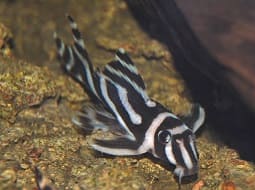
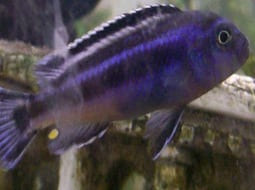
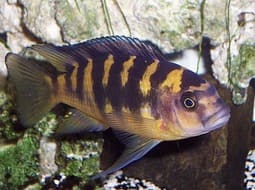
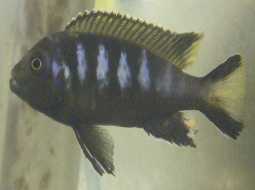


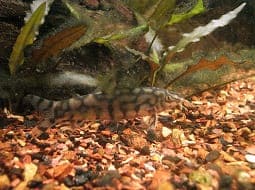
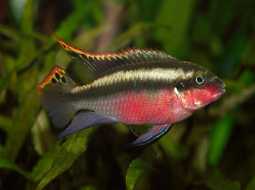
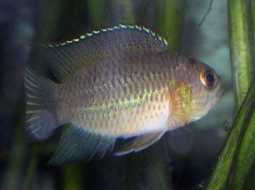


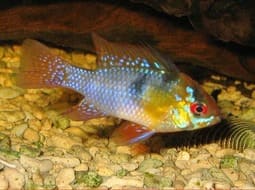
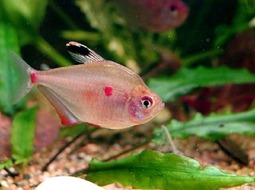


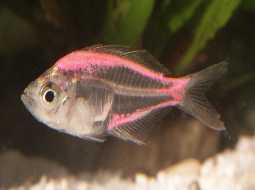
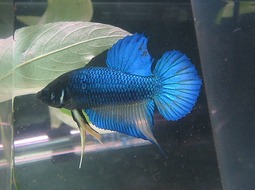
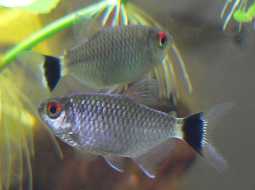
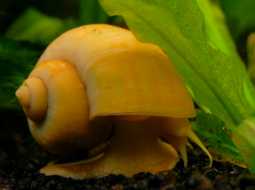


.jpg)


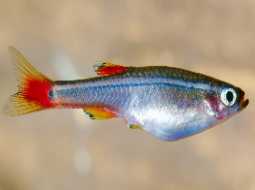
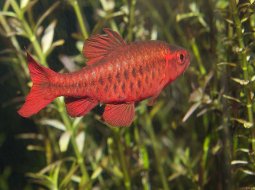

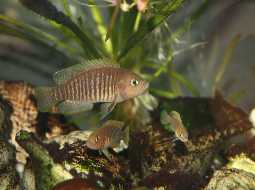

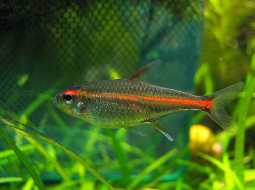
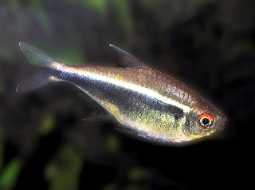

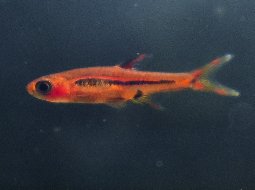
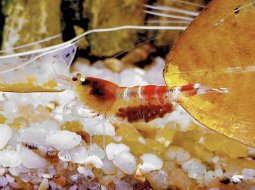
.jpg)
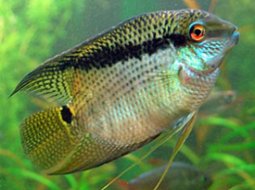

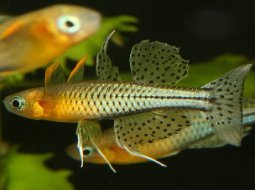



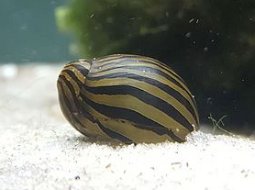


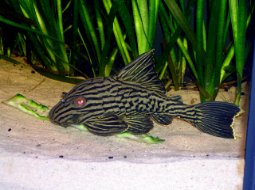

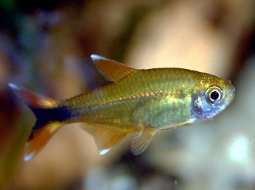
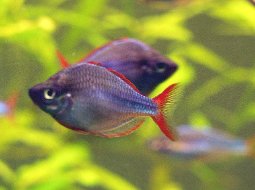

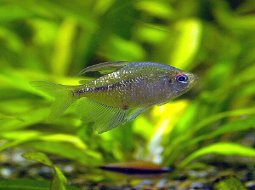


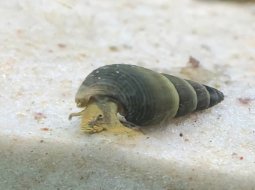
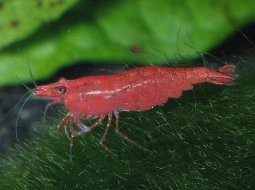
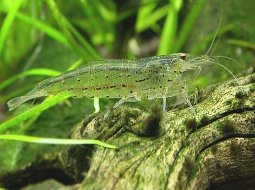
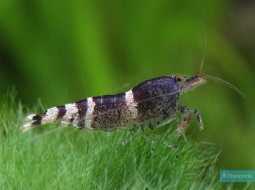

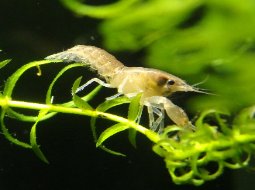
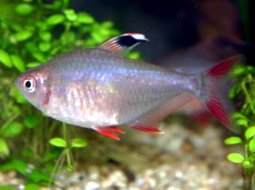

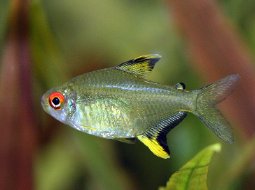


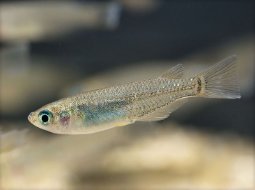
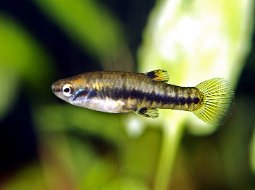
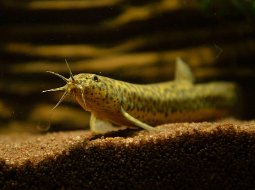
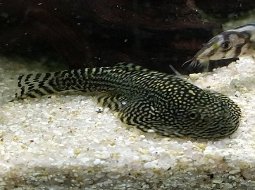
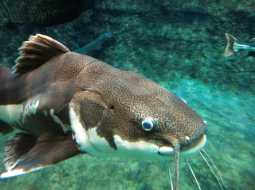


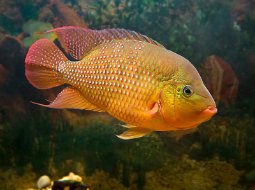
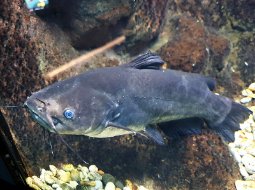
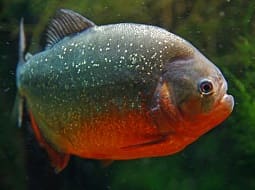

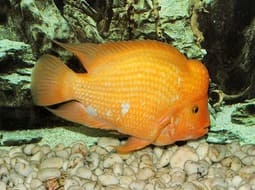
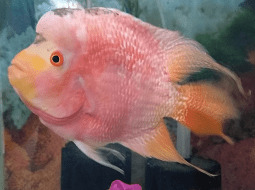
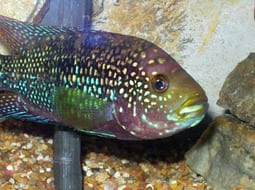

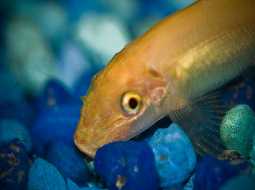
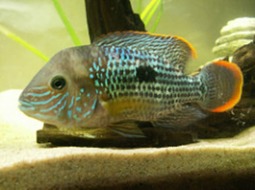
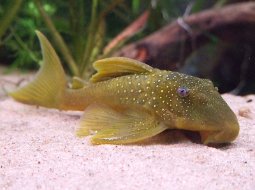
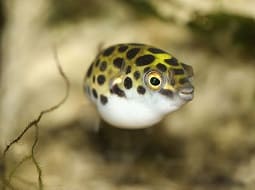
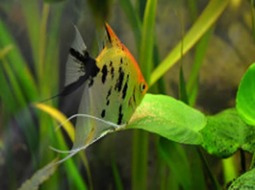
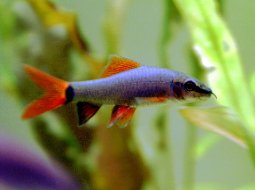
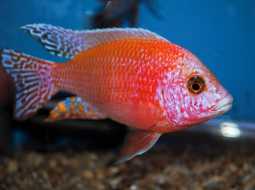

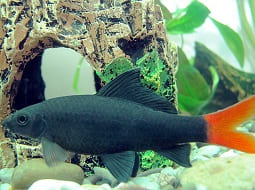
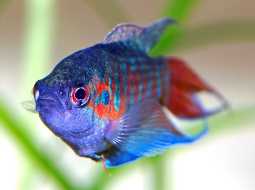
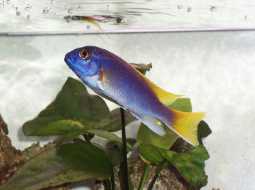



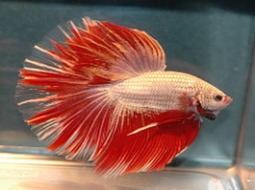
.jpg)

